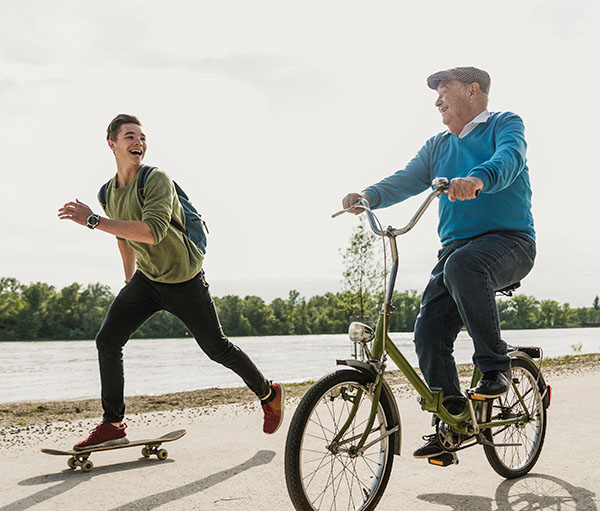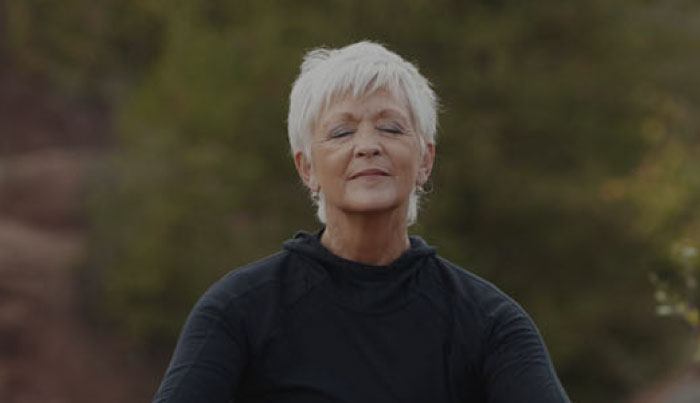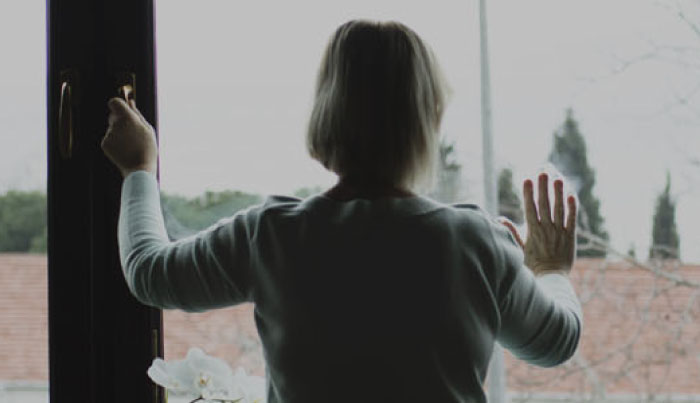Are you or a loved one at risk for social isolation?
Use these resources to take steps to end social isolation and start living a connected life.
Scammers often target older adults, especially those who may be feeling isolated or lonely. Get tips for protecting yourself or a loved one online.
Intergenerational friendships come with many benefits for all age groups. Learn how to find common ground and build lasting connections.
Sharpen your social skills for after-hours work functions, neighborhood potlucks and other social events with these fun questions and games.
Learning to observe and label your thoughts can help you maintain a good mindset for reaching out and connecting with others.
Social isolation can have a devastating effect on your mental and physical health. Here are steps to take to feel more connected.







